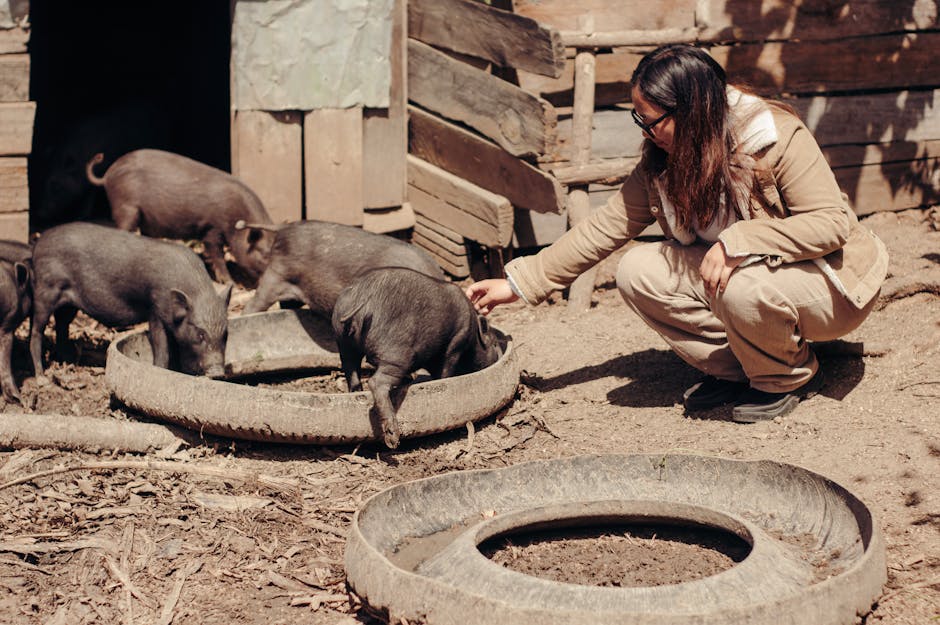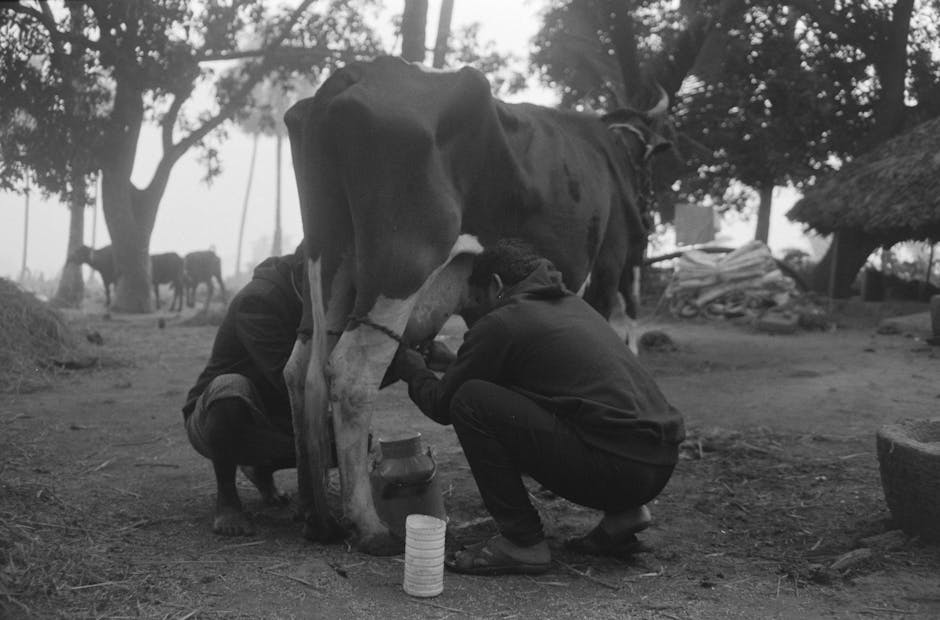Auckland's Culinary Twist: The "Reverse Restaurant" Petting Zoo
Imagine a petting zoo, but instead of simply observing the animals, chefs draw inspiration from them to create innovative and delicious dishes. That's the concept behind Auckland's unique "reverse restaurant" petting zoo, a place where culinary creativity meets animal appreciation. This isn't your typical farm-to-table experience; it's a hoof-to-haute-cuisine adventure! The zoo serves as a living, breathing mood board for chefs seeking fresh ideas and a deeper connection to the origins of their ingredients. It's a place where the clucking of chickens, the bleating of sheep, and the oinking of pigs spark culinary innovation.

From Barnyard to Boardroom: The Inspiration Behind Animal-Inspired Menus
The core idea is simple: chefs spend time observing the animals, studying their diets, behaviors, and environments. This immersive experience allows them to understand the nuances of animal husbandry and how it impacts the quality and flavor of the ingredients they use. For example, observing how pasture-raised chickens forage for insects can inspire dishes that highlight the earthy, complex flavors of their eggs. Similarly, understanding the diet of a particular breed of pig can lead to innovative charcuterie creations. It's about going beyond the textbook and experiencing the source of inspiration firsthand.
The petting zoo also fosters a sense of responsibility and ethical sourcing. By witnessing the care and attention given to the animals, chefs are encouraged to prioritize sustainable and humane practices in their own kitchens. This translates to menus that not only taste delicious but also reflect a commitment to animal welfare and environmental stewardship.

Case Studies: Animal Encounters and Culinary Creations
Let's delve into some specific examples of how animal encounters have translated into culinary masterpieces. One chef, inspired by the playful nature of goats, created a goat cheese and fig tart with a hint of rosemary, reflecting the goats' love for foraging in herb-filled pastures. Another chef, fascinated by the intricate social structure of bees, developed a honey-infused dessert that showcased the diverse flavors of different honeys, each representing a unique hive. These are just a few examples of the endless possibilities that arise when chefs embrace the animal kingdom as a source of inspiration.
Here's a table showcasing some examples:
| Animal | Inspiration | Dish |
|---|---|---|
| Chickens | Foraging behavior, diverse diet | Free-range egg frittata with seasonal vegetables |
| Pigs | Specific breed diets | Charcuterie board featuring cured meats from different breeds |
| Goats | Herb-filled pasture foraging | Goat cheese and fig tart with rosemary |
| Bees | Intricate social structure, diverse honey flavors | Honey-infused dessert showcasing different honey varieties |

The Chef's Toolkit: Essential Skills for Animal-Inspired Cooking
To effectively translate animal inspiration into culinary creations, chefs need a specific set of skills. First and foremost, a deep understanding of animal husbandry is crucial. This includes knowledge of animal breeds, diets, and welfare practices. Chefs should also be proficient in butchery, charcuterie, and other techniques that allow them to utilize the entire animal, minimizing waste and maximizing flavor. Furthermore, a strong understanding of flavor pairings and culinary techniques is essential for creating dishes that are both innovative and delicious.
- Animal Husbandry Knowledge: Understanding breeds, diets, and welfare.
- Butchery Skills: Utilizing the entire animal.
- Charcuterie Expertise: Curing and preserving meats.
- Flavor Pairing Mastery: Creating harmonious flavor combinations.

Ethical Considerations: Respecting Animals and Promoting Sustainability
Animal-inspired cooking comes with a significant responsibility to prioritize ethical sourcing and sustainable practices. Chefs must ensure that the animals they use are raised in humane conditions and that their welfare is paramount. This includes supporting farms that adhere to high standards of animal care and avoiding products from factory farms. Furthermore, chefs should strive to minimize waste by utilizing all parts of the animal and implementing sustainable cooking practices. By embracing ethical considerations, chefs can create menus that are not only delicious but also reflect a commitment to animal welfare and environmental stewardship.
Tools like Global Animal Partnership can help chefs identify farms with high welfare standards.

Beyond the Plate: The Future of Animal-Inspired Cuisine
The "reverse restaurant" petting zoo concept represents a growing trend towards a more holistic and sustainable approach to cooking. As consumers become increasingly aware of the origins of their food, they are demanding greater transparency and ethical sourcing. Animal-inspired cuisine offers a unique opportunity to connect diners with the source of their ingredients and to promote a deeper appreciation for the animal kingdom. In the future, we can expect to see more restaurants embracing this approach, creating menus that are not only delicious but also reflect a commitment to animal welfare, environmental stewardship, and culinary innovation. This could involve collaborations with local farms, educational programs for diners, and a greater emphasis on nose-to-tail cooking. The possibilities are endless, and the future of animal-inspired cuisine is bright.
Consider visiting Auckland Zoo for inspiration.

So, go on, let your culinary creativity run wild and bring a little bit of the barnyard (in the best possible way!) to your next menu. Who said Auckland is boring? 😊
-JAFA
Comments
Post a Comment